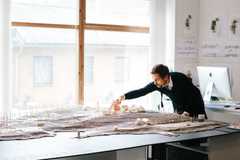Fantastic Norway / Utøya
Rebuilding process
Since Anders Behring Breivik’s atrocious attack in 2011, Utøya has rarely been out of the news. Here, finally, a positive story emerges from the tragedy: meet the Norwegian architectural firm redesigning the island for a hopeful future.
When they named their firm Fantastic Norway, architects Håkon Matre Aasarød and Erlend Blakstad Haffner were making a statement. They wanted to build with the greatest attention to local circumstances; to that end they travelled across Norway for years in a red caravan, working directly with locals to solve problems of design and urban planning. But there was no precedent for the commission they received last year: to redesign the island of Utøya, where lone terrorist Anders Behring Breivik murdered 69 people, mostly teenagers, in July 2011. Their killer has since been convicted and sent to prison but as Aasarød says, Norwegians “are still struggling with Utøya and we always will be, probably”.
Utøya serves as the summer retreat of the youth wing of the Norwegian Labour Party and although there were some dissenting voices, the organisation chose to respond to the atrocity by reclaiming the island for future use.
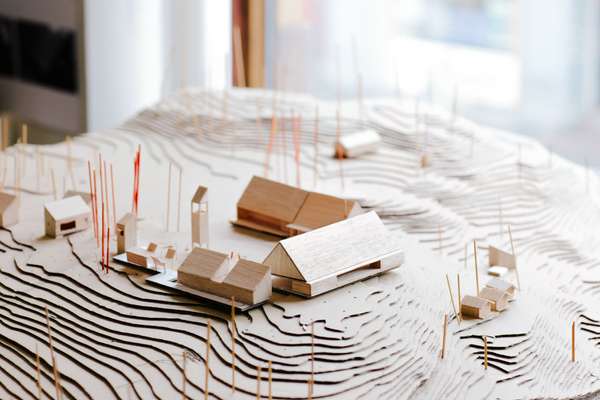
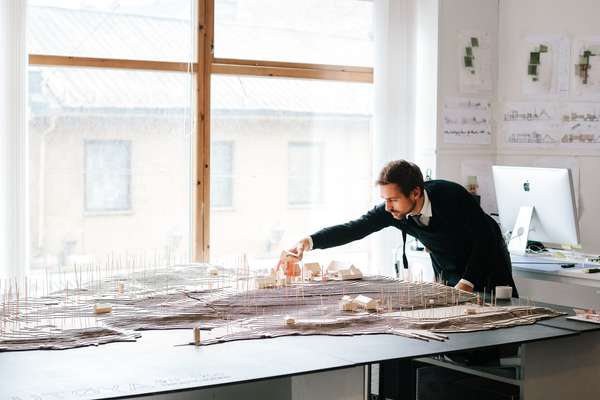
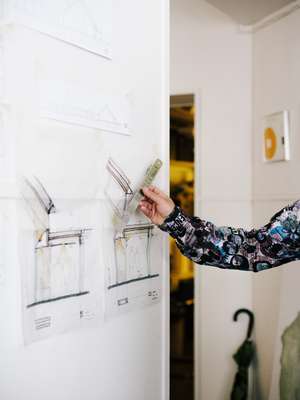
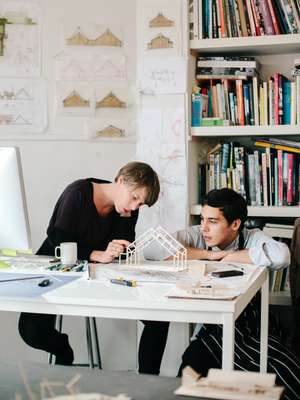

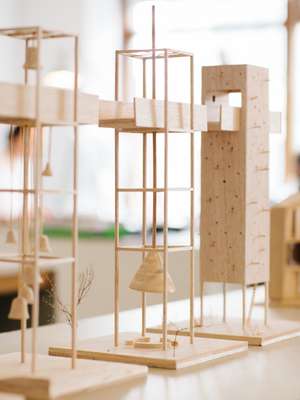
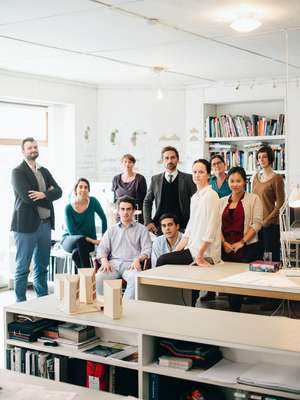
Aasarød was nervous at first. “We didn’t know what to expect. But [the Norwegian Labour youth wing’s] enthusiasm and wish to re-establish Utøya somehow inspired us when everyone else in Norway was still troubled.” Fantastic Norway spent months speaking to young party members, almost all of whom knew someone who died in the attack; several had survived it themselves. For them, continuing the activities that the victims supported was the best memorial of all.
“If you grow up in Norway you have an image of Utøya,” Haffner says. The island has a long history as a campsite dating back to the 1950s and its association with the country’s largest political party gave it prominence long before 2011. But when Norwegians look at the silhouette of the island now, with its wooded coastline sloping to the north, their thoughts are inevitably about the attacks. So Fantastic Norway has added an element to that silhouette: a bell tower in the town square at the highest point of the island. It doesn’t erase the past but it points towards a potential future.
Fantastic Norway is also designing a permanent memorial on the south of the island as well as a new sequence of dormitories and meeting spaces arrayed around the bell tower to act like a small village. “The main idea was to express collective strength,” says Haffner. “Through the village a lot of small parties come together in a community.” The spaces are highly adaptable and one of the ambitions of the Labour youth wing is to open Utøya to new organisations, from schools and university groups to the Red Cross.
Fantastic Norway is now working on designs that are as far afield as Brazil and Australia but this most nationally significant of projects has reaffirmed its architects’ commitment to their collaborative process. It’s shown them the limits of design but also its power.
“We definitely need to be humble,” Aasarød says. “Architecture in itself is only one of many tools; what’s most important is the will to go back. Architecture can help you express that things have changed. Our hope is that we’re making it a better place.”
Planning ahead
Haffner and Aasarød started Fantastic Norway in 2004. They set up shop in towns around the country for weeks or months at a time, working with communities on everything from housing to urban design. They now have a permanent Oslo base but the Fantastic Norway caravan still travels; in 2008 it went to the Venice Architecture Biennale. Along with the Utøya project, Fantastic Norway is working on a residential development in Nuuk, Greenland, and redeveloping the northern Swedish town of Kiruna, with plans to move it a few kilometres from its current location after a mining operation was found to be threatening its stability. In 2011 the two principals hosted Håkon and Haffner’s Building Blocks, a television series taking a playful look at architecture.
fantasticnorway.no

